I have a problem with LM13700 - it does not completely reduce the sound when the control current is zero. For testing, I put together the most basic circuit, where the control pin is connected to the ground. In my understanding, this should block the incoming audio signal. The simulation shows that the level drops down to picovolts, but my breadboard circuit is putting out 150-200mV Vpp and the incoming signal (250mV Vpp) is still clearly audible.
Could this be a problem with the chip? Faulty, fake? I tried two different ones - all the same, but I bought them from the same place. Or am I doing something wrong? Note that the circuit is powered by a single 9V supply.

